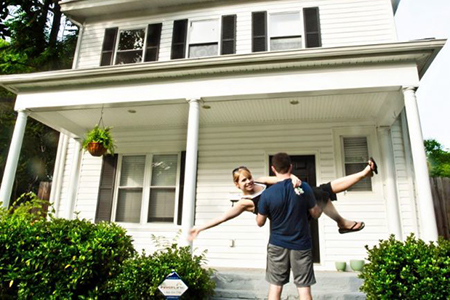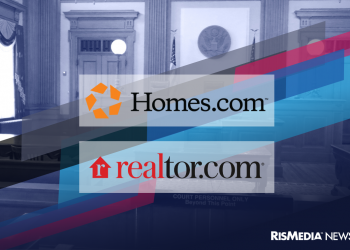Becoming a homeowner for the first time is an exciting and stressful process. However, once the papers are signed and the keys are in your pocket, your work really begins. Homeownership can be fraught with financial and emotional perils, especially if you’ve been renting from a landlord up until now. Landlords are on the hook for not only minor repairs, but also major upgrades, yard work, taxes and fees associated with building ownership, as well as normal upkeep such as painting and cleaning carpets.
Before You Buy
The best way to make a smooth transition to your new home starts before you buy. A proper inspection can alert you to problems that already exist with the property. New homes shouldn’t have many issues, but it’s always wise to get an inspection anyway to ensure that everything has been installed properly. After inspection, you want to work on your budget. You should build home maintenance and upkeep into your monthly budget.
A basic rule of thumb for your maintenance budget is to put aside 1 percent of your home’s purchase price per year. This means if your home costs $300,000, then you should put aside about $250 a month for major home repairs. Of course, new homes shouldn’t need immediate major repairs, but by saving this money from the get-go, you’ll never have nasty surprises when an appliance breaks down, or when you need a new roof in 10 years.
Tips to Maintain Your Home
Once you’re in your home you’ll want to stay on top of maintenance. This doesn’t just mean yard work, gardening, snow removal and window cleaning, although all those things are important. You’ll want to do an annual survey of your major appliances. This should include things you don’t usually see or think of, such as your water heater, furnace or boiler, and air conditioner.
You should know what these things look like when they’re performing properly, and you should have the name of a trusted HVAC professional, plumber and electrician just in case you should ever need them. You should also keep a close eye on your roof and any plumbing pipes that are visible, as these can often be some of the most expensive repairs. Catching a problem early is always ideal.
Financial Changes
Another difference between renting and owning is your financial state. The first year you own a home your taxes will be much different, so even if you do file your taxes yourself, this year might be the year to turn to a tax professional.
You’ll also have to have money to spend to fill up your new home! Chances are you have a lot more square footage to work with now, and you may need additional furniture or even appliances if your new home didn’t come with them. Start reading reviews and comparison-shopping early on for things like washers, dryers and lawn mowers if you can. Buying a lawn mower in May is far more expensive than buying one in January. While it might seem silly, the last year models are usually very similar when it comes to appliances, so figure out when the new versions are released. Floor models (appliances that have been out for people to look at) are also a great choice, as they haven’t actually been used.
The best part of owning your own home is that it is all yours. You can paint, arrange and decorate to your heart’s content. However, the worst part of owning your own home is that it’s all yours, and if there’s three feet of snow to be shoveled, water pouring out of the toilet or a dryer that just won’t dry, these are all problems you’ll have to figure out how to fix—with a little help from the pros, of course.
Meghan Belnap is a freelance writer who enjoys spending time with her family. You can connect with her on Facebook here and Twitter here.
This was originally published on RISMedia’s blog, Housecall. Visit the blog daily for housing and real estate tips and trends. Like Housecall on Facebook and follow @HousecallBlog on Twitter.











